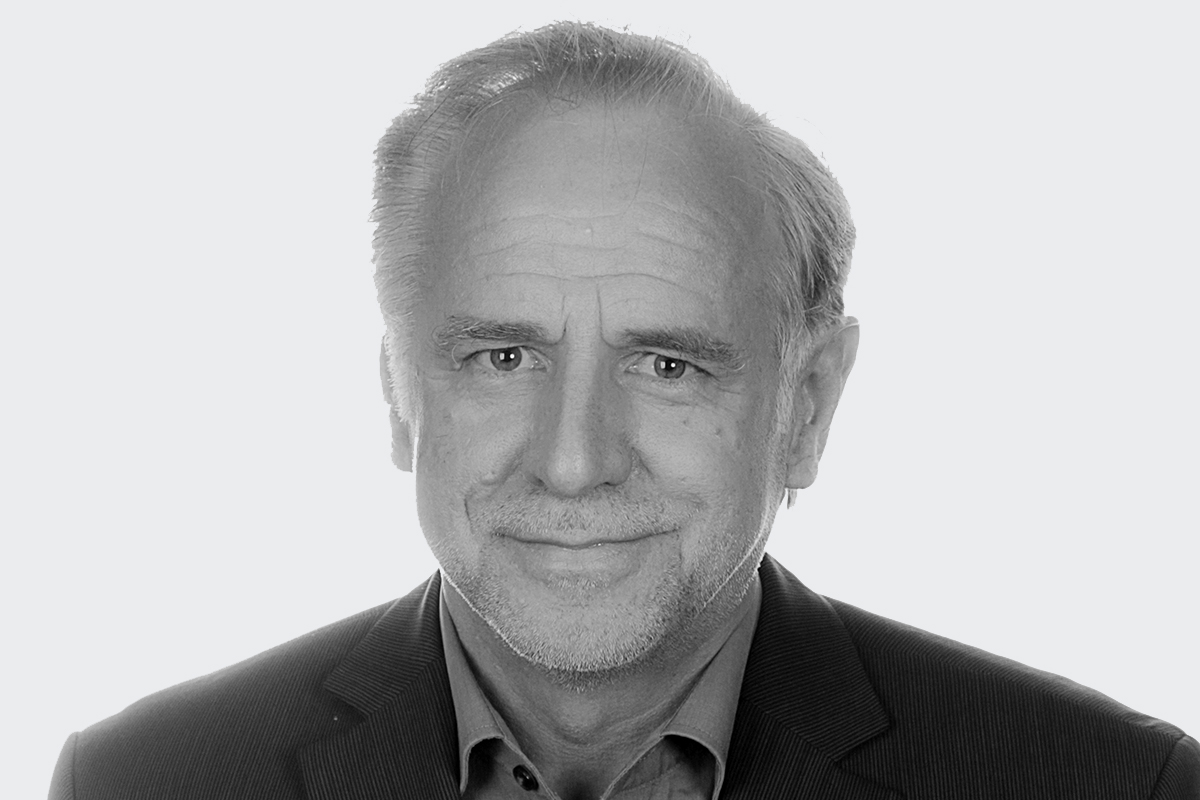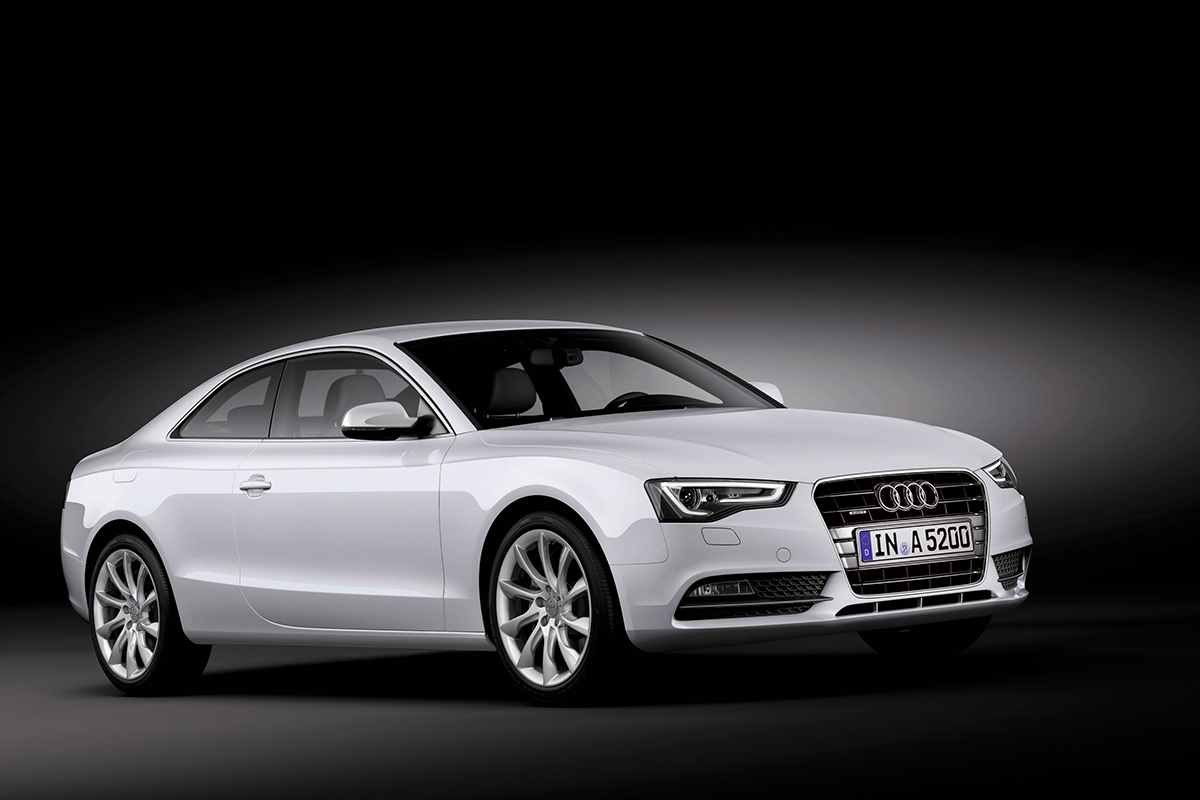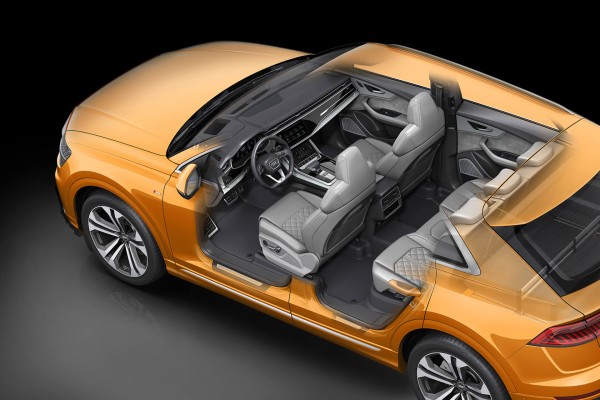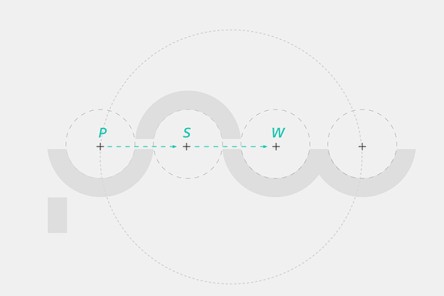But change remains a constant factor. The change to PSW was already a cut for Michael, because it meant saying goodbye to familiar faces and further development. “I have always been interested in geometry, so I trained as a modeler and with time developed good three-dimensional perception.” By the late 1980s, however, it was clear that the computer was going to replace model making. Then one day in the Donaukurier newspaper there was the job advertisement where PSW was looking for designers. Michael applied and completed training as a CAD designer at PSW.
The family feeling is still there, says Michael Stelzle, Head of Exterior/Mounted Trim. Of course, a lot has changed since joining PSW in 1990. “Back then we were a dozen people, today we are around a thousand,“ he recalls. “In the teams and groups this familiarity is still noticeable.” And even more positive aspects have remained: the informal approach for the example, and quick decision-making.
Another cut was the difficulties of the automotive industry in the early 1990s. “Of course you can feel that at an engineering service provider, but we had faith in our strengths and in the fact that there simply are cycles in the industry.” The strengths were the flexibility of the company as a whole and also of its individual employees. For Michael, this meant, among other things, that he regularly learned to work with new CAD software, something he also enjoyed doing. In 2000, PSW moved into its own building. “From then on, we as a company had a real home instead of rented space.”
I've always enjoyed working with geometry, which is why I trained as a model maker and over time developed a good three-dimensional imagination
Another milestone came in 2005: PSW was commissioned by Audi to develop the A5 Sportback as a derivative. “The request came when we were at the IAA (international automotive exhibition). We had to think quickly about whether we could handle something like this. On the other hand, it was also a big opportunity. So we took all our courage and started the project. I sat at home after the IAA at night and thought about which employee I could entrust with which module. I really had to think long and hard about thisbecause many of the topics were very new to PSW.”
The project was a success and formed the basis for the large orders that the company has recently realized. “Thirty years ago, this was something that was simply out of the question. At that time we got small projects to execute, but these were always only individual vehicles modules.
The fact that we are now able to develop complete vehicle derivatives - and do this well - shows how far we have come as a company. And not only the company has evolved, but I have, too, personally.” Michael’s department is a good example of how to respond to changes in the auto industry: “We try to think for the customer. The customer does not want to redevelop the entire body of the derivative every time at great expense. So we think in terms of a modular vehicle body, in which a manufacturer can then exchange individual scopes. This shortens development times and saves money.” Virtual Reality (VR) is deployed here. “The more I use VR, the faster and more flexible I am in the development process. This is good for our customer, and what’s good for the customer is good for us, too.”


Michael and his colleagues are excited about PSW’s ability to work with the latest technologies: As in the past, development tools will change and evolve, but that’s not all. “The topic of artificial intelligence combined with virtual reality could radically change design engineering work once again. In addition, lightweight design is becoming increasingly important. Development without prototypes, i. e. the increased use of simulation, is a fascinating trend.” The company stands to gain in two ways: “The customer pays good hourly rates for complex work, and complex work is enjoyable.”
Michael can see a parallel between his professional life and the development of the company: “Had I rested on my expertise as a model maker back then, I would have regretted this very quickly.” So was the change forced upon you? “It’s much more important to me that change is fun. My work today is much more exciting, much more interesting than if I had remained a model maker. As a department manager I have completely different responsibility because I support my employees in their further development.
Best of all, today we work together to design modern vehicle bodies for the mobility of the future. This is PSW and I feel like I am part of it


